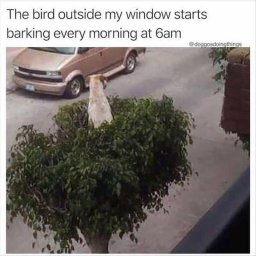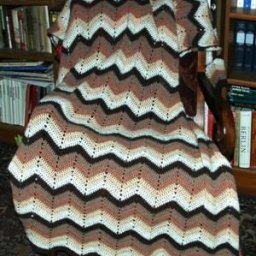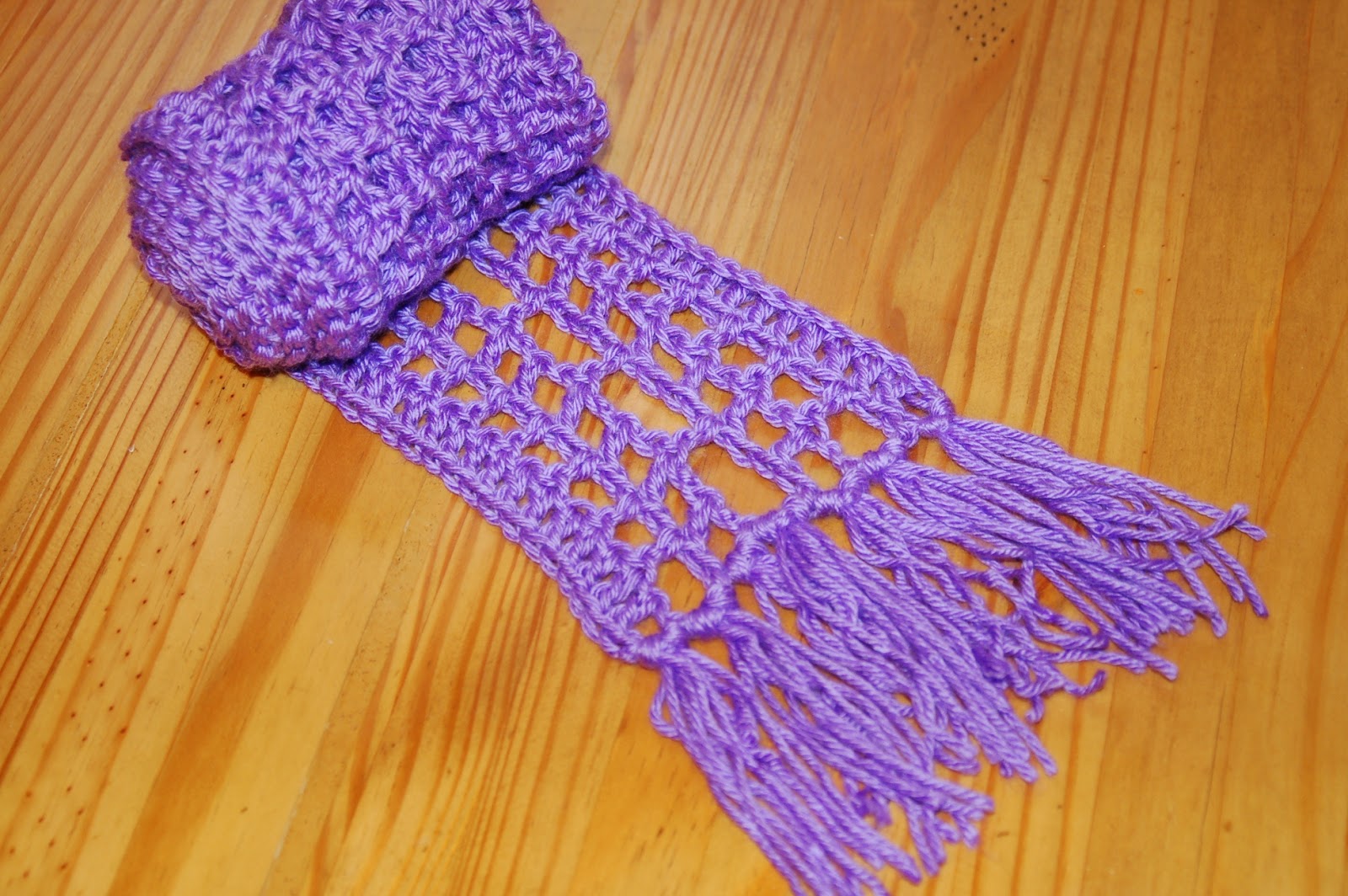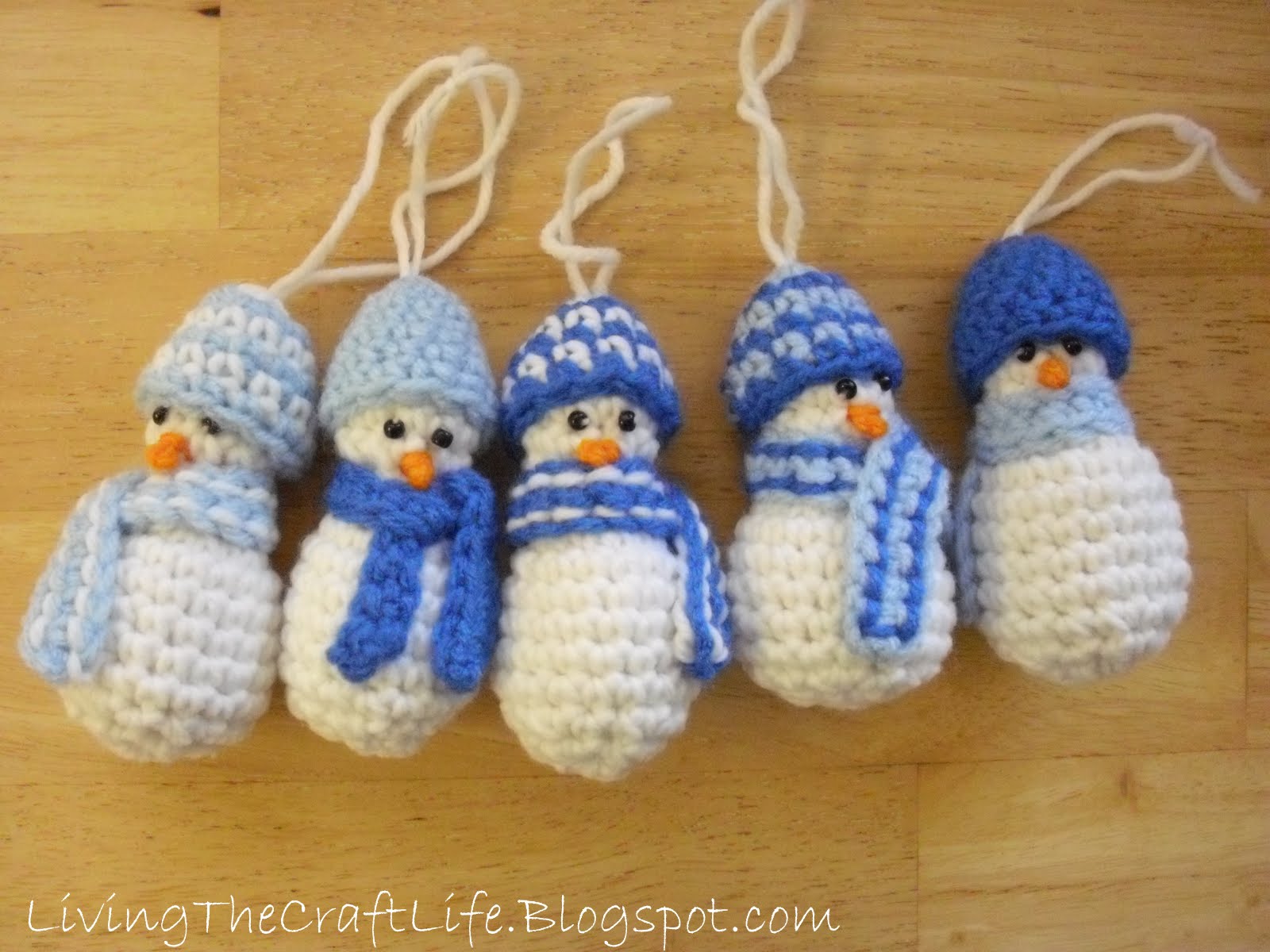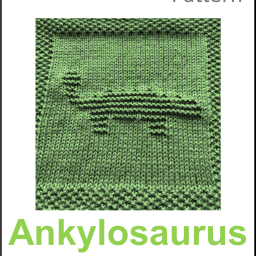Crochet Spring Flower Doily: A Charming Home Decor Project

Crochet Spring Flower Doily is a delightful project to add charm to your home decor. This intricate doily pattern is perfect for adding a touch of springtime to any room. The vibrant colors and intricate stitches come together to create a beautiful design that is sure to impress your guests. Whether you are an experienced crocheter or just starting out, this project offers a fun and rewarding challenge. So grab your yarn and hook, and let's get crafting – your home will thank you for it!
Size
The doily measures 25 cm (10 inches) in diameter.
Materials
- DMC Cebelia thread no.10
- Hook 1.6 (Boye steel#7)
Stitches
ch, sl st, sc, dc, tr
Difficulty
Medium
Directions
Start with 6 ch, join
Round Instructions
RND 1: *dc in lp, 2 ch*; Repeat from * to * 8 times; join with sl st in first st.
RND 2: sl st in sp, *4 dc in next sp, 1 ch*; Repeat from * to * 8 times; join with sl st in first st.
RND 3: *2 dc on dc, (dc on next dc) 3 times, ch, dc in sp, ch*; Repeat from * to * 8 times; join with sl st in first st.
RND 4: *(dc on next dc) 4 times, (2 dc in next dc), (2 ch, sc in sp) twice, 2 ch*; Repeat from * to * 8 times; join with sl st in first st.
RND 5: *2 dc in next dc, (dc on next dc) 5 times, 4 ch, sk a sp, sc in next sp, 4 ch, sk a sp*; Repeat from * to * 8 times; join with sl st in first st.
RND 6: *(dc on next dc) 6 times, 2 dc in next dc, (3 ch, sc in next sp) twice, 3 ch*; Repeat from * to * 8 times; join with sl st in first st.
RND 7: *2 dc in next dc, (dc in next dc) 7 times, (3 ch, sc in next sp) 3 times, 3 ch*; Repeat from * to * 8 times; join with sl st in first st.
RND 8: *(dc on next dc) 4 times, ch, sk a dc, (dc on next dc) 4 times, 5 ch, sk a sp, (sc in next sp, 5 ch) twice, sk a sp*; Repeat from * to * 8 times; join with sl st in first st.
RND 9: *(dc on next dc) 4 times, 3 ch, sc in next 1-ch sp, 3 ch, (dc on next dc) 4 times, 5 ch, sk a sp, (sc, 5 ch, sc) in next sp, 5 ch, sk a sp*; Repeat from * to * 8 times; join with sl st in first st.
RND 10: *(dc on next dc) 4 times, 3 ch, (sc in next sp, 3 ch) twice, (dc on next dc) 4 times, 5 ch, sk a sp, sc in next sp, 5 ch, sk a sp*; Repeat from * to * 8 times; join with sl st in first st.
RND 11: *(dc on next dc) 4 times, 3 ch, (sc in next sp, 3 ch) 3 times, (dc on next dc) 4 times, 5 ch, sc on next sc, 5 ch*; Repeat from * to * 8 times; join with sl st in first st.
RND 12: *(dc on next dc) 4 times, 3 ch, (sc in next sp, 3 ch) 4 times, (dc on next dc) 4 times, 2 dc in next sp, ch, 2 dc in next sp*; Repeat from * to * 8 times; join with sl st in first st.
RND 13: *(dc on next dc) 4 times, 3 ch, (sc in next sp, 3 ch) 5 times, (dc on next dc) 4 times, sk 2 dc, dc in next sp, sk 2 dc*; Repeat from * to * 8 times; join with sl st in first st.
RND 14: *(dc on next dc) 4 times, 3 ch, (sc in next sp, 3 ch) 6 times, (dc on next dc) 5 times*; Repeat from * to * 8 times; join with sl st in first st. Cut thread to form eight 9-dc groups.
RND 15: Join thread in the first dc of a group, *9 tr cluster (= 9 tr closed together) on the group, (4 ch, sc in next sp) 7 times, 4 ch*; Repeat from * to * 8 times; join with sl st in first st.
RND 16: 4 sc in each 4 ch space, sc on each cluster, all around.
RND 17: *(sc in next sc) 32 times, 3 sc in sc on cluster*; Repeat from * to * 8 times; join with sl st in first st. =>280 sc
RND 18: *(sc in next sc) 33 times, 3 sc in sc on cluster*; Repeat from * to * 8 times; join with sl st in first st. =>288 sc
RND 19: *tr not closed in next sc, sk 2 sc, tr closed with previous one in next sc, 4 ch, sk a sc*; Repeat from * to * all around; join with sl st in first st.
RND 20: *(tr, 4 ch, tr) on next 2-tr cluster, 2 ch, (tr, 2 ch, tr) on next 2-tr cluster*; Repeat from * to * all around; join with sl st in first st.
RND 21: sl st in 4-ch sp, *11 tr in next 4-ch sp, sk a sp, sc in next 2-ch sp, sk a sp*; Repeat from * to * all around; join with sl st in first st.
RND 22: sc in each st, all around.
Notes
- Always substitute (also if not explicitly said) the first st in a row as follows:
- First sc with 1 ch, sc;
- First hdc with 2 ch;
- First dc with 3 ch;
- First tr with 4 ch...and so on;
- When you read "sl st to <location>", where the location is not immediately contiguous to the last st, this means of course "an appropriate number of sl sts for reaching <location>".
- If you do not specify it, if you lasted on a st (say st1), while you must start the next row in another st (say st2), make an appropriate number of sl sts to reach st2.




